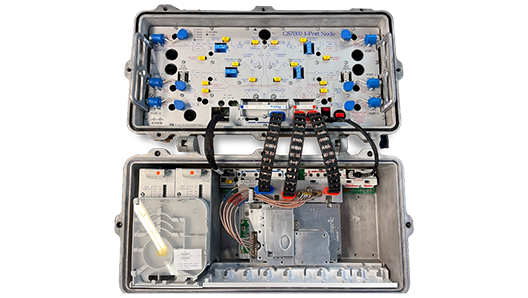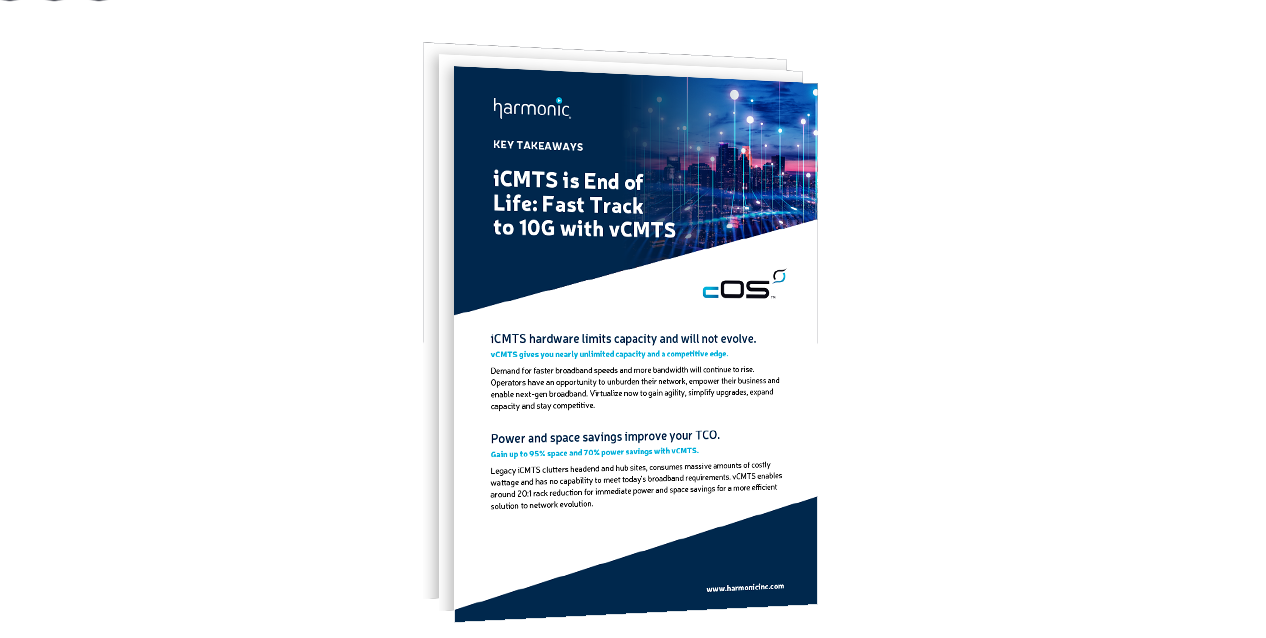UHD HDR is setting a new standard for high-quality video experiences. ABI Research forecasts that HDR TV shipments will grow at a 41 percent CAGR and reach 245 million units in 2022. Once there are millions of HDR TV sets in homes, there’s no question that HDR content is going to be in high demand.
As a leader in video delivery technologies and UHD solutions, Harmonic has taken an active role in shooting and producing HDR materials over the last year. Ultimately, we want to provide the industry with a functional real-world workflow and help get HDR content to consumers.
One of the most recent projects we worked on involved shooting bike messengers in New York City. During this project, production was handled by Brooklyn-based Mosomos Industries and color grading was performed by Mysterybox, a leading provider of film and video production services. Harmonic orchestrated the shooting and playout. The video was specifically shot in HDR, and then multiple formats were created for quality comparison purposes.
We learned a lot about HDR and its role in increasing brightness and points of darkness. Here are five key takeaways that we want to share:
- Clipping is a no-no. When shooting UHD HDR footage, be sure not to clip highlights or crush dark areas. By shooting in a RAW or Slog3 format, you can retain the maximum bit depth and a neutral exposure on the footage. The more information the camera footage contains, the more HDR effects you will be able to pull out of it.
- Close off your ecosystem. It’s important to maintain in a closed HDR ecosystem once you are in the color grading environment. This is true for both the hardware as well as the video elements. Mixing SDR and HDR environments creates uncontrollable errors that are hard to troubleshoot.
- Take advantage of the expanded color space. During the color grading process pull out all of the colors in the expanded BT 2020 color space and set the brightness levels of the highlights (1000 nits in HDR10). When finishing, pay close attention to which specific HDR scheme you are grading to (i.e., HDR10, HLG or Dolby Vision). Include the metadata that describes MaxFALL and MaxCLL for all finished video files.
- Choose a reliable media server and shared storage solution. UHD HDR is complex, so it’s critical that your media server and shared storage systems provide high availability. One feature that sets Harmonic’s MediaGrid shared storage system apart and makes it especially well-suited for the HDR environment is bandwidth consistency. Most shared storage systems on the market degrade in performance over time due to data fragmentation. The MediaGrid file system stripes data across all system servers, and clients then accesses the servers in parallel, ensuring reliable performance for any application, at any time.
- Set up shared access. In the UHD HDR environment, having parallel access for I/O and editing, along with integration with a wide range of media management tools, sets users up for a highly efficient and successful workflow. We recommend using Harmonic’s MediaGrid shared storage coupled with our Spectrum™ media server system for instant sharing of content, edits, and metadata.
If you’re ready to satisfy the growing consumer demand for UHD HDR content, following these best production practices is a great place to start. You can learn more tips by reading our How-To Guide for File-Based UHD HDR Production, Grading and Playout Workflows, the latest addition to our UHD HDR Resources Kit.
You can also view the YouTube versions of our bike messenger videos here.
- Joel Marsden, Sr. Video Producer at Harmonic and Executive Producer of NASA TV UHD








